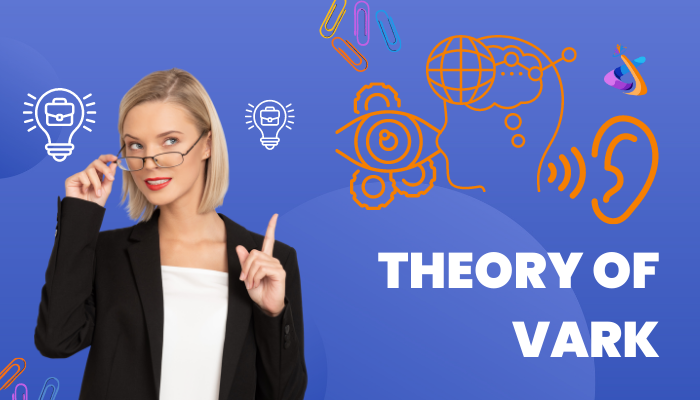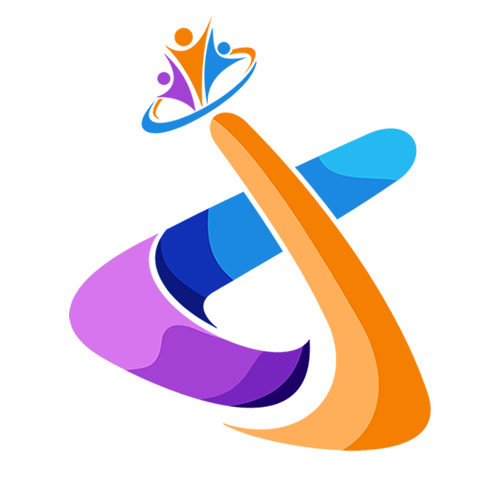
The Theory of VARK
Have you ever noticed that some people seem to learn more effectively through visual aids, while others prefer to listen to explanations or read through written materials? This is because everyone has a different learning style, and understanding your preferred learning style can help you maximize your learning potential.One popular theory of learning styles is VARK, which stands for Visual, Auditory, Reading/Writing, and Kinesthetic. According to VARK, individuals can be categorized into one or more of these four categories based on their preferred mode of learning.
Visual learners prefer to learn through visual aids such as diagrams, videos, and images. They often have a strong sense of spatial awareness and enjoy using visual aids to help them understand complex information.
Auditory learners, on the other hand, learn best through listening to explanations or lectures. They may enjoy group discussions and find it helpful to repeat information aloud to aid their retention.
Reading/Writing learners prefer to learn through written materials such as textbooks, notes, and online articles. They often enjoy taking detailed notes and find it helpful to summarize information in their own words.
Kinesthetic learners learn best through hands-on activities and physical movement. They may enjoy taking breaks to move around during study sessions and find it helpful to use physical objects or simulations to understand complex concepts.
Understanding your preferred learning style can help you tailor your study techniques to maximize your learning potential. For example, visual learners may benefit from using mind maps or flashcards to help them remember information, while kinesthetic learners may benefit from using physical objects or role-playing exercises to understand complex concepts.
It's important to note, however, that the VARK model is just one theory of learning styles and may not be applicable to everyone. Some individuals may find that they have a combination of learning styles or that their preferred style varies depending on the subject matter. Ultimately, the most effective study techniques are those that work best for you, regardless of your preferred learning style.
In conclusion, understanding your preferred learning style can help you maximize your learning potential and tailor your study techniques to suit your needs. Whether you're a visual learner, auditory learner, reading/writing learner, or kinesthetic learner, there are a variety of study techniques that can help you succeed.
The diffuse mode of thinking
Have you ever found yourself staring at a blank page, struggling to come up with an idea? Or maybe you've been studying for hours and feel like you've hit a mental block. It's frustrating, right? But what if I told you there was a way to unlock your brain's full potential and solve problems more efficiently?
Enter the diffuse mode of thinking. This mode of thinking is the opposite of the focused mode, where you concentrate on one task and block out all distractions. In the diffuse mode, you relax your attention and allow your mind to wander. Let your subconscious mind do the work for you. You can take a walk, a shower, or a music break just to relax before you continue studying. While you do this, your brain is constantly working away from the problem you were faced with when studying.
It may seem like you're wasting time in the diffuse mode, but you're not. Your brain is still working quietly in the background on the problem, even though you're not actively focusing on it. Research has shown that taking breaks and allowing yourself to enter the diffuse mode can lead to more creative and effective problem-solving.
Some activities that will help you to enter the diffuse mode of thinking:
Exercise: Physical activity can help to clear your mind and improve your mood. Go for a run or a bike ride to get your blood pumping and your brain working.
Meditation: Meditation is a great way to relax and clear your mind. Try a guided meditation or simply focus on your breath for a few minutes to enter the diffuse mode.
Listening to music: Listening to music can help you to relax and get into a creative mindset. Choose music that inspires you or helps you to focus.
Taking a nap: A short nap can help to refresh your brain and improve your cognitive abilities. Just make sure not to oversleep!
Engaging in a hobby: Hobbies like painting, playing an instrument, or writing can help to stimulate your brain and improve your creativity.
The next time you're feeling stuck or uninspired, try entering the diffuse mode of thinking. You might be surprised at the solutions your brain comes up with when you let it work in the background.
As a student, it can be tough to figure out the best way to study. With so many options available, it can be hard to determine which study technique will be the most effective for you. One method that has been proven to be highly effective is interleaving practice.
Social Share

Cidentify
Choices are the right way to achieve success in a career. We enable you to make the right choices and achieve success to
- Identify your potential, skills and interests
- Plan your future and make a roadmap
- Develop your skills
- Track your plan and roadmap
- Retain your preparations and hit your target

There is no comment yet.